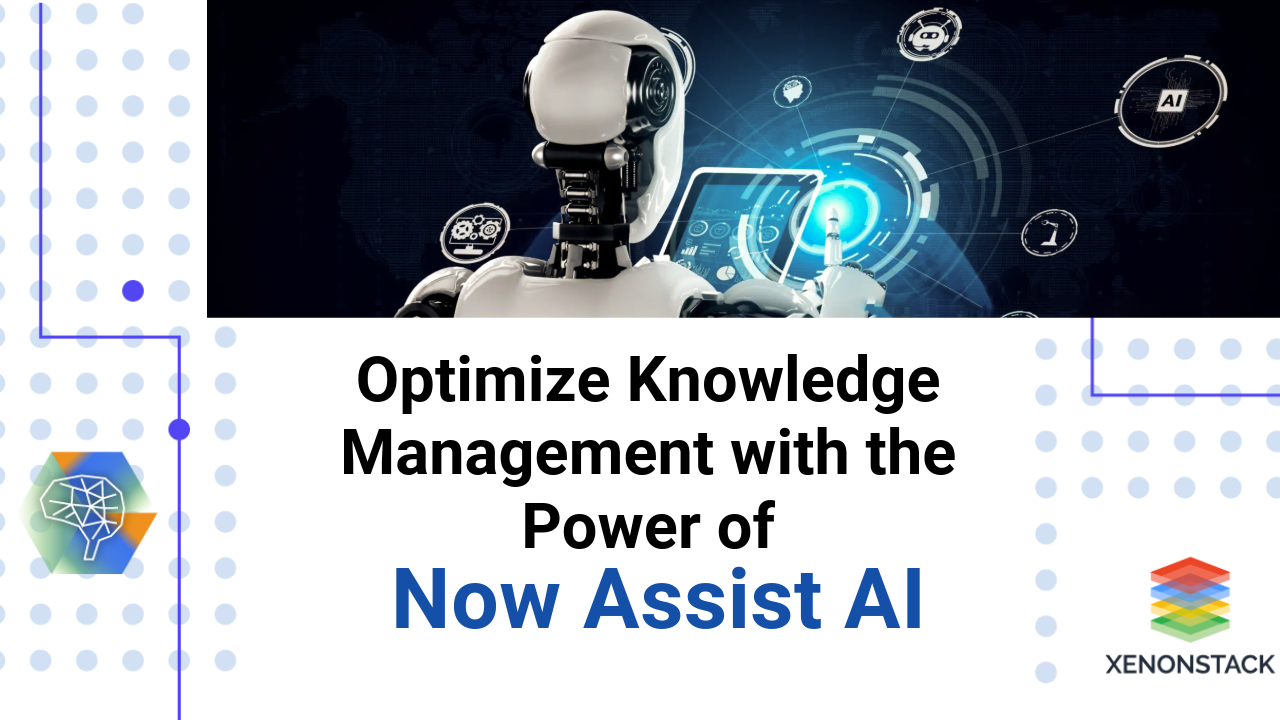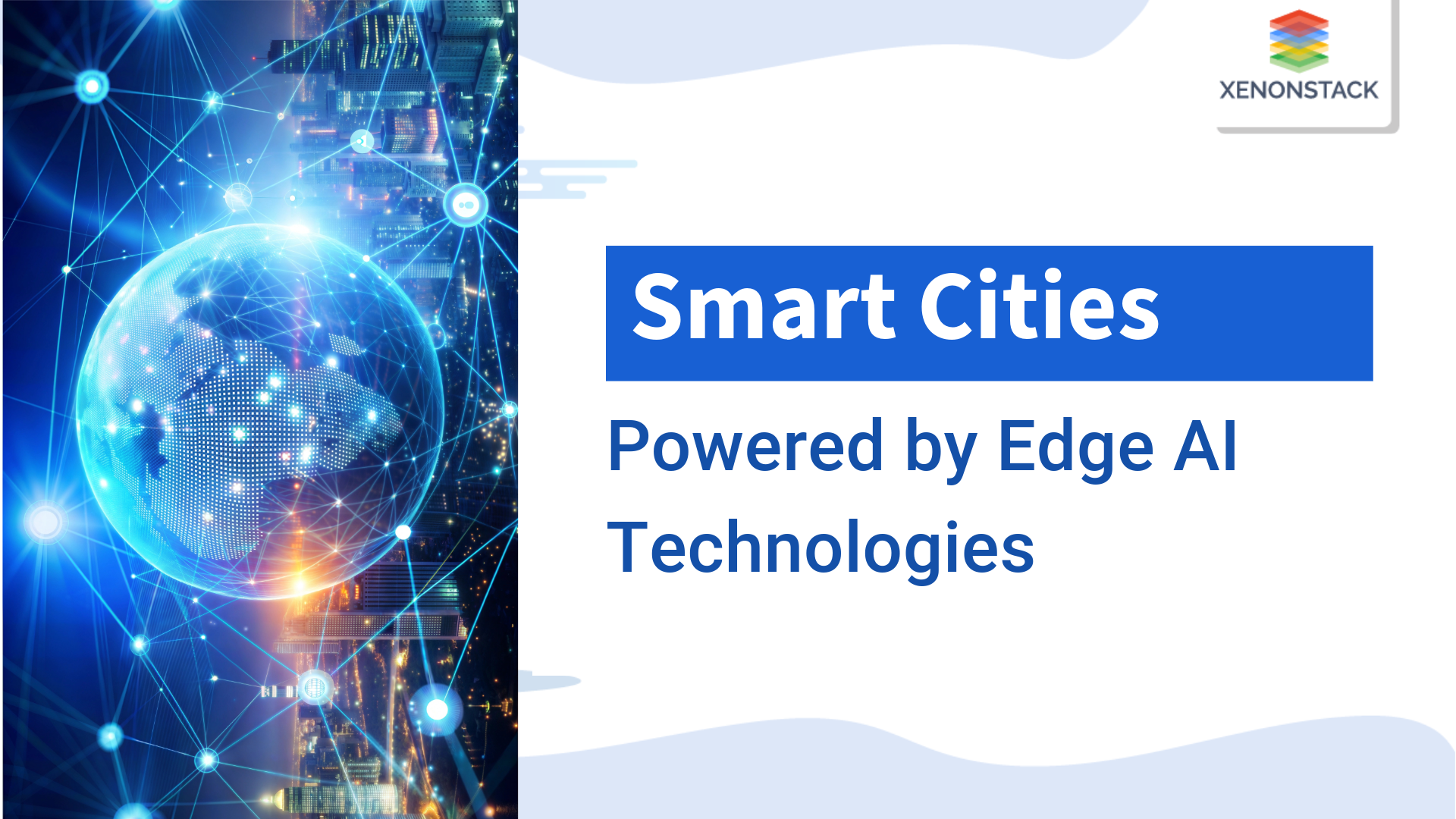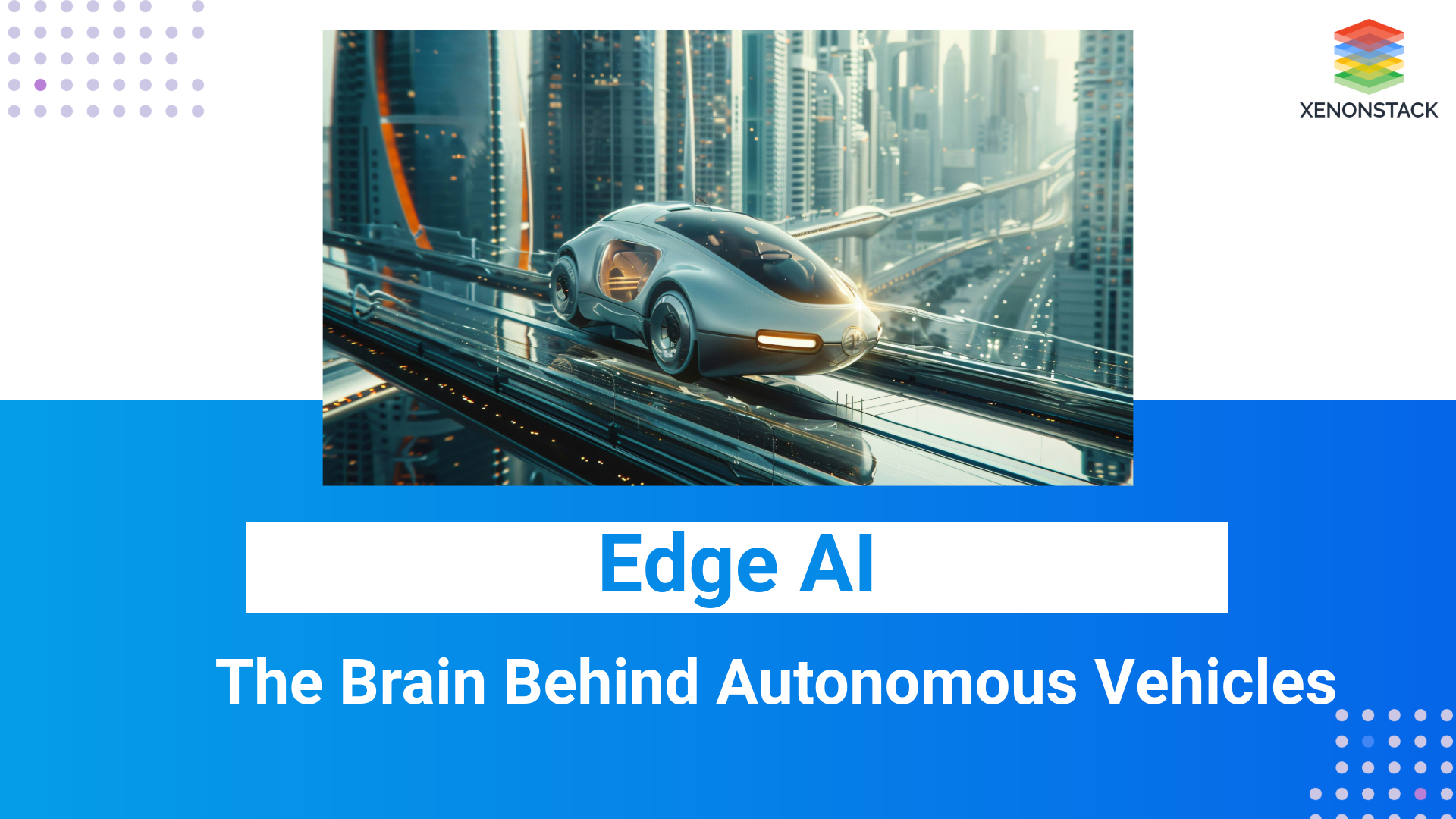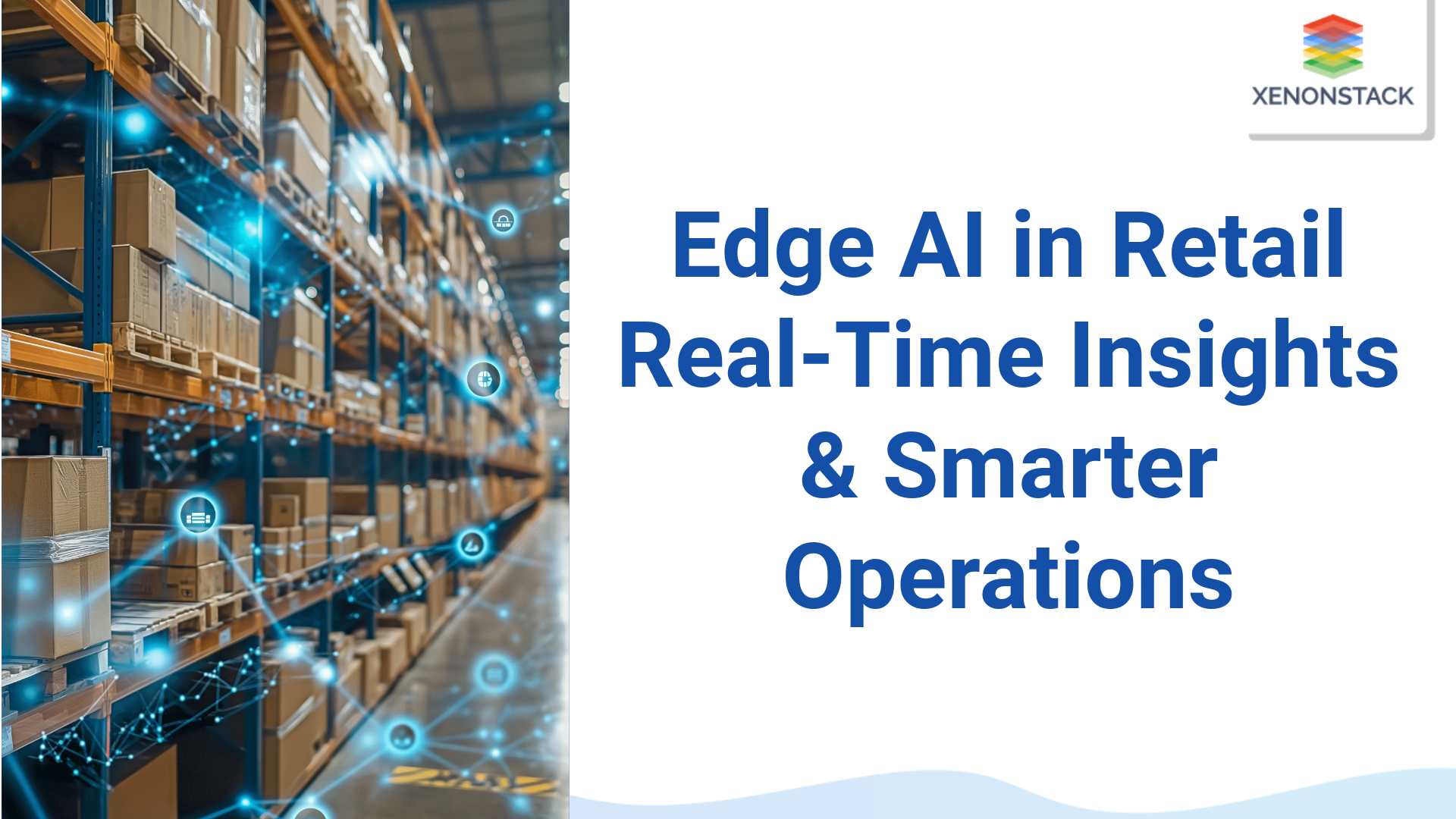
Increased Employee Satisfaction
It is an effective way of combating the annoyance that is usually felt when trying to look for some information. Consumers are happier when they can quickly locate the tools and information necessary to work effectively.
- Enhanced User Experience: Being able to manage content with clear and natural user experience and good recommendation systems help employees reach the right information. Such a user experience results in improved satisfaction hence increased engagement among the users.
- Support and Training: AI can also support the employee on the job by making relevant knowledge articles and tutorials suggestions according to the task the employee is likely executing. This training and support augmentation keeps on going which in turn leads to higher employee confidence and efficiency levels.
- Feedback Mechanisms: This also implies that through the use of AI, it becomes easier to capture and process feedback obtained from the users on the knowledge articles. The continuous feedback loop also assists in enhancing the quality of the knowledge base, to the extent that it suits employees' requirements effectively.
Cost Savings
Automating processes reduces the need for extensive manual intervention, leading to significant cost savings. Organizations can allocate resources more efficiently, focusing on strategic initiatives rather than routine KM tasks.
- Reduced Operational Costs: Automation of routine tasks such as content creation, categorization, and tagging reduce the need for manual labor. This results in direct cost savings on labor and operational expenses.
- Efficient Resource Allocation: With AI handling the bulk of routine tasks, organizations can allocate their human resources to more strategic roles, driving innovation and growth.
- Minimized Training Costs: AI-driven knowledge bases can serve as training resources, reducing the need for extensive and costly training programs. New employees can quickly get up to speed by accessing well-organized and relevant knowledge articles.
Scalability and Flexibility
While in organizations grows, its demands change as well. Consequently, Now Assist components allow the KM system to be well-scalable to meet other requirements when the load arrives while not causing performance degradation.
- Scalable Infrastructure: Compared to traditional systems, AI powered systems increase scalability with data volume, so that systems can process thousands or even millions of user queries. This scalability is important for organizations that are experiencing growth in needs.
- Flexible Adaptation: New information and changing user needs are well handled by AI. It also means to adapt to the new conditions of the organization’s work and correspond to its evolving needs in the sphere of knowledge management.
- Proactive Maintenance: AI also has the ability to diagnose potential problems that exist in the system and advises on updates. This helps to keep the system stable and fast-growing, always bringing the best results when working at scale.
Final Thoughts
This platform, when augmented with Now Assist’s AI capabilities, provides a powerful solution for optimizing the management and dissemination of organizational knowledge. By leveraging advanced AI technologies, businesses can enhance efficiency, improve user satisfaction, and ensure that their knowledge base remains a valuable resource for all employees. Embracing the synergy of ServiceNow and Now Assist enables to stay ahead in the competitive landscape, driving innovation and fostering a culture of continuous learning and improvement.
- Explore about Conversational Exchanges (AI)
 Fig 1.1 Architecture Diagram
Fig 1.1 Architecture Diagram
 Fig 2: Trend of improvement over time with Now Assist Integration
Fig 2: Trend of improvement over time with Now Assist Integration 



